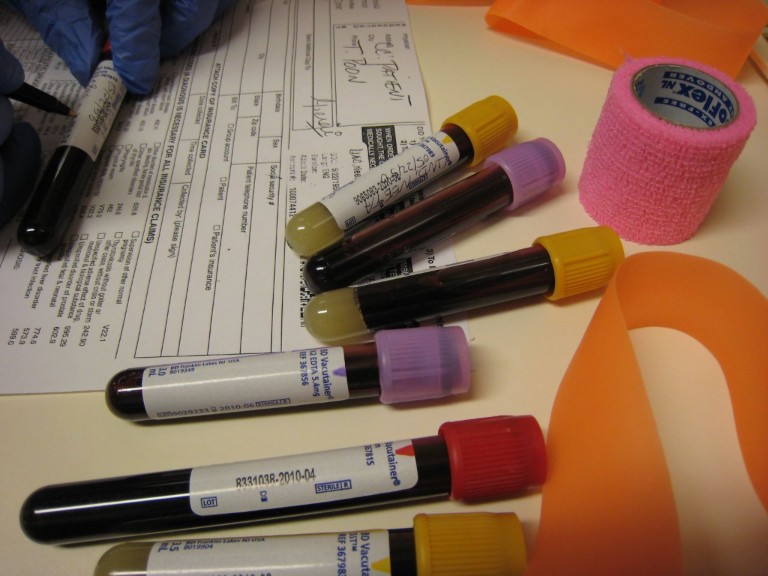
At the beginning of last week, Rockwell Medical Inc (NASDAQ:RMTI) went for a little over $6.5 a share. At the close of yesterday’s US session, the company traded at more than $9.5 – a gain of more than 45% across a seven or eight-day period. The gains came in two distinct phases. One, as a result of the announcing of a Chinese licensing agreement that will see a Chinese company pick up the rights to its two lead candidates in Asia – a decent announcement, but hardly a 20% market cap gainer. Then again, this is small cap biotech. The second, is more worthy of gains. The company has just filed an IND with the FDA for an extended indication of its one currently commercialized product – Triferic.
Click Here For More Market Exclusive Updates & Analysis
The drug is currently approved in an iron replacement indication for patients undergoing hemodialysis, as a result of chronic kidney disease. On approval, the company slated potential revenues of up to $1 billion for the drug, but it is yet to come anywhere close to meeting this target. 2015 sales are thought to come in at circa $30 million, but analysts have noted that Triferic sales are not yet material enough to report separately.
The fundamentals that underlie this struggle to generate revenues at potential is rooted in the centers that actually administer the dialysis. Triferic is more expensive than current IV iron replacement options, and the centers already run on a very tight budget. Even with a better safety and efficacy profile, therefore, Triferic will struggle to beat out the current SOCs for purely economic reasons. Which, of course, is why the latest IND is so important.
It’s for a rare disease called iron-refractory, iron-deficiency anemia (IRIDA). With it being classed as rare, Triferic picks up the opportunity to gain orphan drug designation if the FDA accepts the IND.
So how does the drug work in this indication, and what’s its potential if Rockwell can carry it through the admittedly long and costly path to approval?
Well, the drug itself is pretty simple. It’s administered through what’s called dialysate, which is the fluid used in dialysis (in conjunction with blood, of course), so there’s no need for a separate IV iron introduction, as is current SOC. It’s an iron salt, which binds to a protein called transferrin once it’s passed through the dialyzer membrane. Transferrin is the protein responsible for carrying iron to the site at which hemoglobin is synthesized.
The advantage of this sort of transfer as opposed to the current IV transfer is the ability of the therapy to maintain the delivery of iron within a specific range, which in turn, allows for an elimination of the potential adverse events associated with overdosing in IV administration – namely excess in storage. Excess storage leads to liver toxicity. Additionally, the iron refractory element of the conditions name refers to the inefficacy of treatment by oral administration iron, and partial inefficacy of IV administered iron – essentially, there is a treatment option currently available, but its pretty ineffective and has some serious drawbacks.
The exact market potential of a treatment for this condition is unknown. The disease accounts for less than1% of all iron deficiency anemia cases (circa 2 billion globally), but the assumption is that Rockwell is targeting this indication as a sort of gateway to other iron deficiency anemia, and kidney/renal conditions. If it can demonstrate efficacy in this indication, it should be able to quickly corner the market (assuming tolerability also comes out well) and use the approval as a platform from which to submit sNDAs and pick up approval in the other, aforementioned areas.
We don’t yet know when Rockwell intends to kick off clinical trials; indeed, we don’t yet know whether the FDA will even accept the IND (though there’s no reason to assume it won’t), so the only real milestone we can highlight at present is the acceptance. We do know that, based on some of Triferic’s previous completions in other, similar indications, these sorts of trials are pretty short – circa 10-12 months. It’s reasonable to assume the IRIDA trials will mimic this timeframe, giving us an estimated primary completion of a phase I in this indication of third quarter 2017, based on an FDA acceptance within 6 months.
A speculative allocation, but one to keep an eye on going forward.




